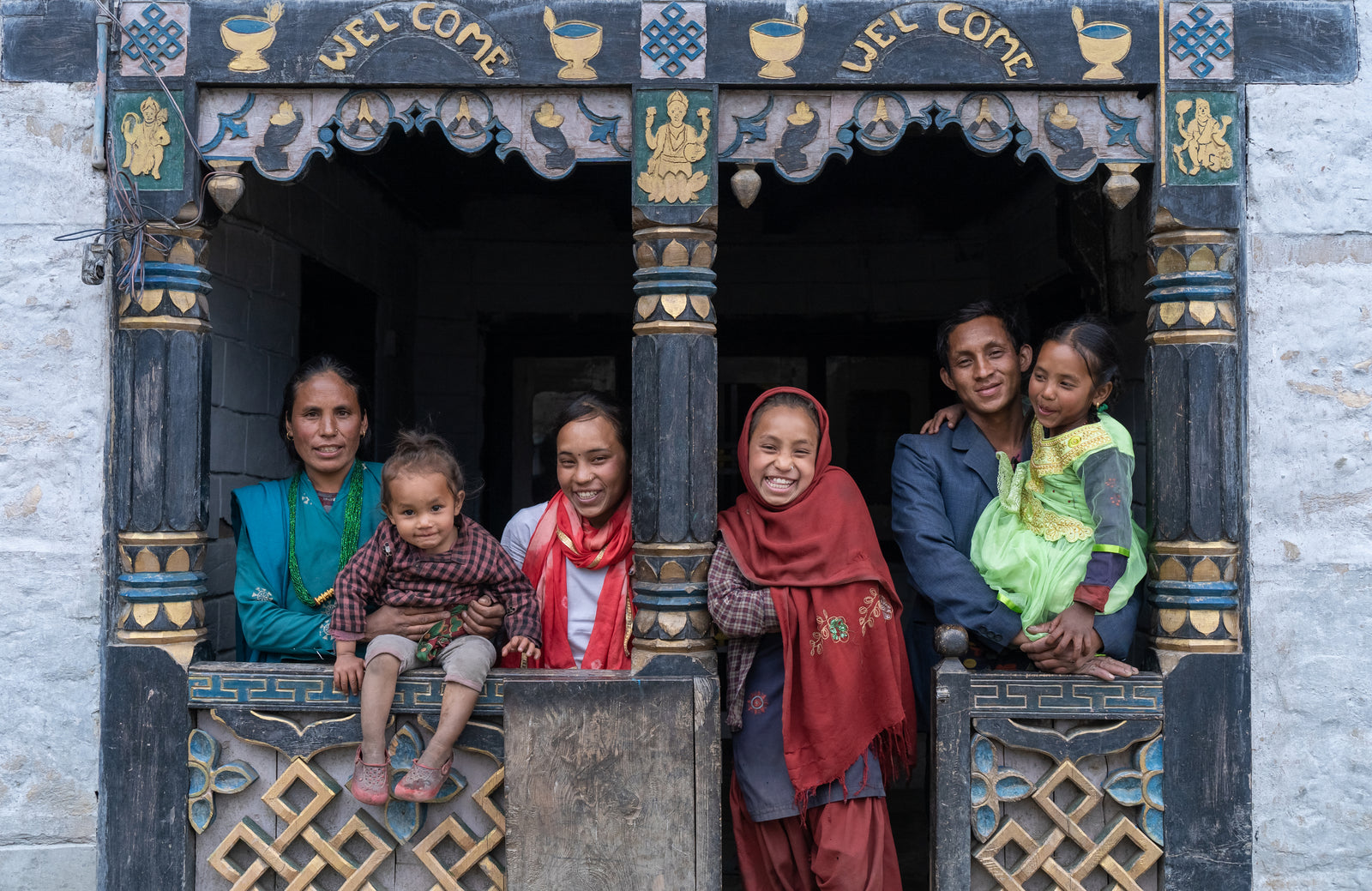Add description, images, menus and links to your mega menu
subjects
about us
An interview with our BOOKS FOR CHANGE librarian Karma Sherpa

Kumudini has been our partner organization since the initial days of its inception. We are grateful that we have established a library in Kumudini and that we can support the girls with scholarships. Although being a small library, it has been instrumental in encouraging creativity, empowerment through reading and learning and it is an important form of therapy for the survivors of abuse. We are glad that this library is running effectively with the help of the librarian and non-formal education teacher Karma Doma.
We hope you enjoy reading the interview with Karma as you will not only get to know her work more intimately, it will also show you the importance of libraries in such space s.
Karma, can you tell us something about yourself?
My name is Karma Sherpa. I am a graduate student and I have just completed the final exam in business management and I am eagerly waiting for the results. I am working as an NFE teacher (non-formal education teacher) and librarian in Kumudini. My motivation to join this job was my interest in teaching. Teaching is a very fulfilling profession. I feel happy when I develop a meaningful bond with the children.
I love to read books in my leisure time and I also enjoy playing puzzles with the children. I take pleasure in learning new things by watching educational Youtube videos. I am a patient person and this quality helps me to get along with the children. I am qualified to teach the children as per their school curriculum till SEE (secondary education examination) that is the final board exam for Class 10 students in Nepal.
My role and responsibility are to teach children the basics of early primary education, to manage the library and to encourage and promote reading habits with the children.
How long have you been working as a librarian and NFE teacher in Kumudini?
I have been working one and half year as a librarian and NFE teacher.
What do you like most about your job?
My job is satisfying because it gives me opportunities to grow and to learn new skills. I have received different training over a period of one and half year in Kumudini which has helped me tremendously to improve and has also shaped me in how I can conduct my work more effectively for the benefit of the children.
Can you describe a typical working day?
I teach the children basics of English, Nepali and Maths according to the capacity of the children and their requirements in their studies as per school curriculum for a duration of 1 to 2 hours. I play puzzles, games and have conversations with them. Listening about their daily activities and about their lives is also a part of my work and it helps me to understand the girls better. Though this process they also share their struggles with me and together we can work on them. I also teach handicraft to the girls twice a month.
How do you create an inviting environment that promotes learning amongst the children?
I build up a report with the children and also learn about their interest. According to their interest, I design my classes. I bring them to the library regularly, where they either make art or read.
What are the activities that you conduct in the library?
Reading and writing, audiovisual, coloring, handicraft are activities that are conducted in the library. These classes encourage learning and boost creativity amongst the children. Imitating peer learning, the children read and write with great enthusiasm. As a result of such activities, there is a healthy sense of competition that 
exists among the children. In the reading class, I recite stories to the children and sometimes I let the children read themselves. Single and group reading help to nourish the bond between them and improves learning. Drawing and coloring classes are also conducted. All of these activities encourage creativity among the children. The handicraft classes are also organized in which I guide the children to make art with the reuse of waste materials like newspapers, bottles and threads. The different activities are performed by the children with excitement and lots of energy. We have also realized the importance of audiovisual classes. We show documentaries to them and also rhymes and videos with educational content. The children also play with counseling materials and puzzles in the library.
What are the challenges in the library and how do you cope with them?
The one challenge that we face from time to time are disagreements between girls. It disturbs the positive energy of the class. Another challenge is the children's distraction from learning because of their past traumatic incident. In addition, the age difference and level of education also make it difficult to conduct and design class.
To solve the problems that arise in class, I share the problems with the staff and counselor in the meetings and together we try to solve the challenges according to suggestions and solutions that we come up in the meeting.
How has the library influenced the reading habit among the children?
The Library attracts the children to go through the books and encourages the children to study. The library contains many genres of books. We hope to increase your curiosity to read the books and go through its pictures.
The reading classes improve the vocabulary of the students which in turn helps them to perform well in school. In the reading classes, the children are encouraged by seeing others reading habit. Some girls love story books and some girls love children books or non-fiction. They can choose the books according to whatever they like. In this way, the library helps to influence their habit of reading.
How do you make the library class interesting for the children?

What are your suggestions for Books for Change library? What could help us to improve our library services?
The services that BOOKS FOR CHANGE are providing are good. It would be nice if we could paint a mural in the library room. So, getting training in story reading could be beneficial.
Tell us briefly about your most special experience in the library class?
I feel happy seeing the curious and exciting faces of the children and listening to their stories. It's a wonderful experience and to witness the girls improving in their reading skills. It also feels great to see the girls who have never had any sort of education finally reach a point where they can write alphabets and their names.
Tell us something about your favorite book?
 Mostly I love to read Nepali novels because it depicts Nepali culture and Nepali scenarios
Mostly I love to read Nepali novels because it depicts Nepali culture and Nepali scenarios
. Most of the Nepali novels are based on the true story of Nepali people. My favorite book is “CHHAUGAR”. The novel shows the Nepalese tradition of untouchability during menstruation and the harsh situation of many girls face, mostly in rural areas.
What motivates you to give your best at your job?
I love teaching the children. Children are very eager and curious to explore and learn. An open communication and shared trust is a motivating factor and essential in my job. The training provided by Kumudini has been very helpful to improve my skills. The excitement of the children when I read out the stories is also very motivating end encourage.
Thank you, Karma for doing such an amazing job and taking the time to answer the questions. Keep up the good work!


